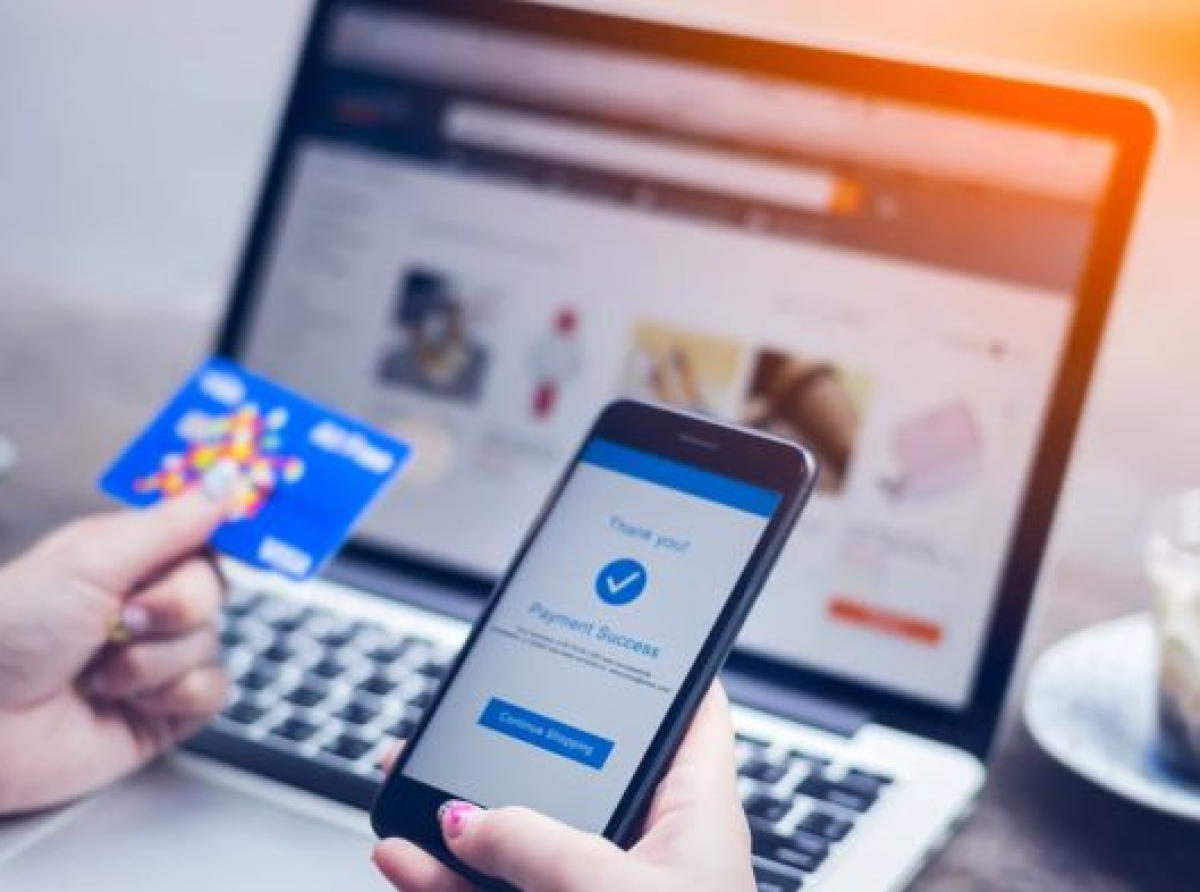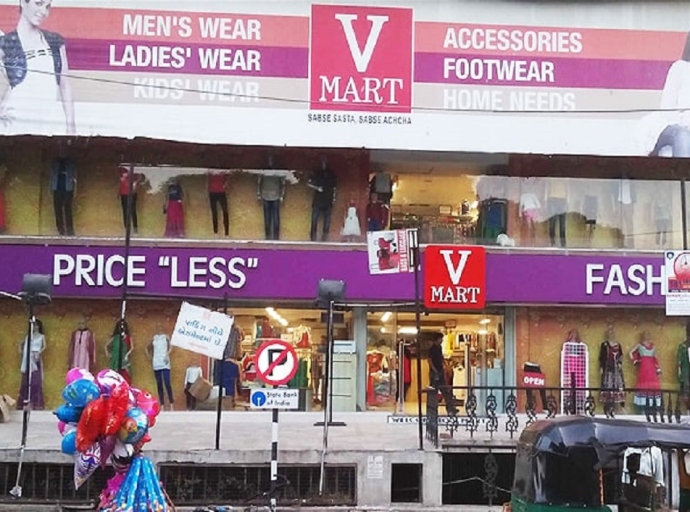29 November 2022, Mumbai
Over the last decade or two, technological advancements have accelerated assiduously and COVID-19 was just a turning point for smart technologies as a fundamental tailwind and paving the way to digital technologies applications super highway to emerge, enhance and improve novel ways of transacting through the last word has to be said.
E-commerce is expected to expand as more consumers shop online rather than going to physical businesses. The Covid-19 epidemic accelerated this trend. While more individuals are purchasing online, there are also changes in how people shop.
M-Commerce Architecture
M-commerce, also known as mobile commerce, is expanding quickly and is particularly well-liked by millennials and GEN Z consumers. Mobile payments can readily incorporate biometrics thanks to a device's built-in fingerprint security capabilities. For instance, customers can use their fingerprints to access apps like Google Pay and Kroger Pay. In its cashier-less stores.
Evolving Solutions
Amazon has disclosed that it is testing palm recognition software, which enables payments to be performed without the aid of a gadget. In 2017, Alipay tested facial recognition technology, making it available to users for payment processing.
Buy Now, Pay Later (BNPL)
In addition to digital wallets, BNPL is another payment option that is growing in popularity, particularly among younger shoppers. In recent years, BNPL has experienced tremendous expansion, a tendency further up by the Covid-19 epidemic. As it allows customers to make payments in numerous installments without penalties or interest, BNPL is positioned as a less expensive alternative to credit cards.
Fintech companies like PayPal, Affirm, and Klarna, the market leader, created and popularised BNPL. Since it is readily available with simple application procedures and accessibility offered by many new-age financial institutions like Klarna, BNPL fits well in online payments.
In the BNPL market, there has also been an explosion in the introduction of new products, with companies like Amazon and JPMorgan Chase launching BNPL services.
Blockchain
The most well-known application of blockchain technology is in cryptocurrencies. While most people generally only think of Bitcoin when they think of cryptocurrencies, there are over 9,000 different types. Stablecoins, privacy coins, utility tokens, security tokens, and others are among them; each has a unique purpose and set of qualities.
Ethereum, for instance, serves as the foundation for many decentralized financial apps and non-fungible coins (NFTs). Since 2020, cryptocurrency has gained significant attention primarily due to the unexpected increase Bitcoin saw during the lockout. Retail customers see it as a chance to transact.
Companies like Visa and PayPal have benefited from this perception by enabling customers to buy, sell, and store cryptocurrency on their platforms. Use-Case Model
By offering virtual apparel/clothing and accessories for their digital avatars, businesses and brands see NFTs as a way to market to customers who are digital natives and who are spending more time online. The Zepeto app is a world-building avatar software that enables users to create a virtual animation of themselves with changeable facial characteristics, hair, and garment/clothing.
Ralph Lauren, for instance, has introduced a line of digital attire. In-app purchases by users allow them to customize their avatars further. Such efforts will promote online payments, but the laws governing NFT copyright and patent infringement are still developing, and it is still being determined what the consequences will be.
Spotlight on Apparel Sector
This article assuredly has put out something which is not a new argument viz. 'Arrival of UPI moment'; A thesis highlighting and underscoring the changing payment habits amid the omnification of noteworthy contributions drawn both out of online retail and brick-and-mortal shoppers to adapt to the fast-changing digital transformation having a positive influence on purchase decisions for fashion apparel and quite certain it is a settled argument.
The worldwide apparel/garment manufacturing market was valued at USD 948.2 billion in 2020. It is expected to increase to USD 992 billion by the end of 2021, with the Asia-Pacific region accounting for more than half its value. The apparel business is one of the fastest-growing businesses in the world.
However, because manufacturers are hesitant to implement these changes, the industry needs to be faster to develop, particularly in the digital space. A group of solutions known as biometric technologies can help to strengthen the security of online payments while lowering transactional friction. Compared to password-based security, biometric identifiers like fingerprints, facial recognition, and voice recognition are challenging for cyber criminals to copy. This reduces the amount of online fraud.
But as consumers' needs for shorter fashion cycles grow and labor costs rise to match these demands, more firms are stepping outside their comfort zones to investigate digital alternatives for their operations.
Latest Publications






























